Volume 4 Issue 4 2023
Click Here to Download Full IssueEDITORIAL
2023, 4(4): 197–198. doi:https://doi.org/10.12336/biomatertransl.2023.04.001
REVIEW
2023, 4(4): 199–212. doi:https://doi.org/10.12336/biomatertransl.2023.04.002
With the rapid development of population ageing, bone-related diseases seriously affecting the life of the elderly. Over the past few years, organoids, cell clusters with specific functions and structures that are self-induced from stem cells after three-dimensional culture in vitro, have been widely used for bone therapy. Moreover, organoid extracellular vesicles (OEVs) have emerging as promising cell-free nanocarriers due to their vigoroso physiological effects, significant biological functions, stable loading capacity, and great biocompatibility. In this review, we first provide a comprehensive overview of biogenesis, internalisation, isolation, and characterisation of OEVs. We then comprehensively highlight the differences between OEVs and traditional EVs. Subsequently, we present the applications of natural OEVs in disease treatment. We also summarise the engineering modifications of OEVs, including engineering parental cells and engineering OEVs after isolation. Moreover, we provide an outlook on the potential of natural and engineered OEVs in bone-related diseases. Finally, we critically discuss the advantages and challenges of OEVs in the treatment of bone diseases. We believe that a comprehensive discussion of OEVs will provide more innovative and efficient solutions for complex bone diseases.
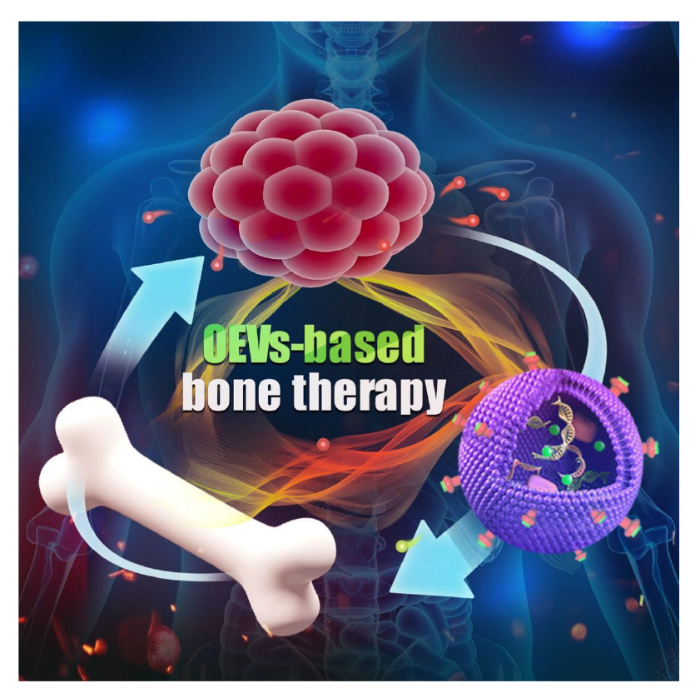
REVIEW
2023, 4(4): 213–233. doi:https://doi.org/10.12336/biomatertransl.2023.04.003
Recent advances in neuroelectrode interface materials and modification technologies are reviewed. Brain-computer interface is the new method of human-computer interaction, which not only can realise the exchange of information between the human brain and external devices, but also provides a brand-new means for the diagnosis and treatment of brain-related diseases. The neural electrode interface part of brain-computer interface is an important area for electrical, optical and chemical signal transmission between brain tissue system and external electronic devices, which determines the performance of brain-computer interface. In order to solve the problems of insufficient flexibility, insufficient signal recognition ability and insufficient biocompatibility of traditional rigid electrodes, researchers have carried out extensive studies on the neuroelectrode interface in terms of materials and modification techniques. This paper introduces the biological reactions that occur in neuroelectrodes after implantation into brain tissue and the decisive role of the electrode interface for electrode function. Following this, the latest research progress on neuroelectrode materials and interface materials is reviewed from the aspects of neuroelectrode materials and modification technologies, firstly taking materials as a clue, and then focusing on the preparation process of neuroelectrode coatings and the design scheme of functionalised structures.
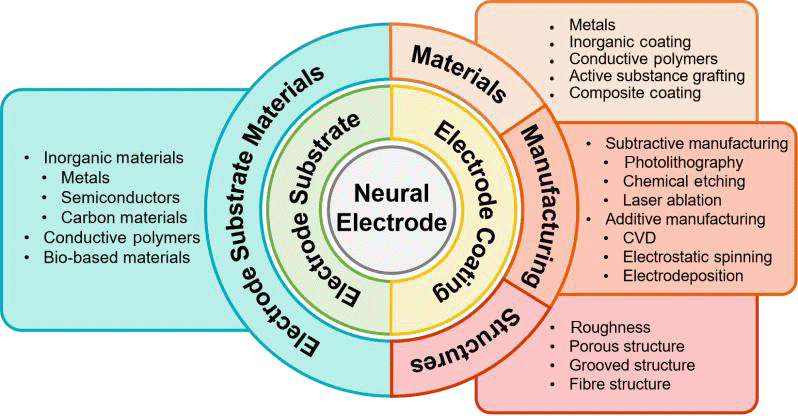
REVIEW
2023, 4(4): 234–247. doi:https://doi.org/10.12336/biomatertransl.2023.04.004
Infection and rejection in musculoskeletal trauma often pose challenges for natural healing, prompting the exploration of biomimetic organ and tissue transplantation as a common alternative solution. Polyhydroxyalkanoates (PHAs) are a large family of biopolyesters synthesised in microorganism, demonstrating excellent biocompatibility and controllable biodegradability for tissue remodelling and drug delivery. With different monomer-combination and polymer-types, multi-mechanical properties of PHAs making them have great application prospects in medical devices with stretching, compression, twist in long time, especially in musculoskeletal tissue engineering. This review systematically summarises the applications of PHAs in multiple tissues repair and drug release, encompassing areas such as bone, cartilage, joint, skin, tendons, ligament, cardiovascular tissue, and nervous tissue. It also discusses challenges encountered in their application, including high production costs, potential cytotoxicity, and uncontrollable particle size distribution. In conclusion, PHAs offer a compelling avenue for musculoskeletal system applications, striking a balance between biocompatibility and mechanical performance. However, addressing challenges in their production and application requires further research to unleash their full potential in tackling the complexities of musculoskeletal regeneration.
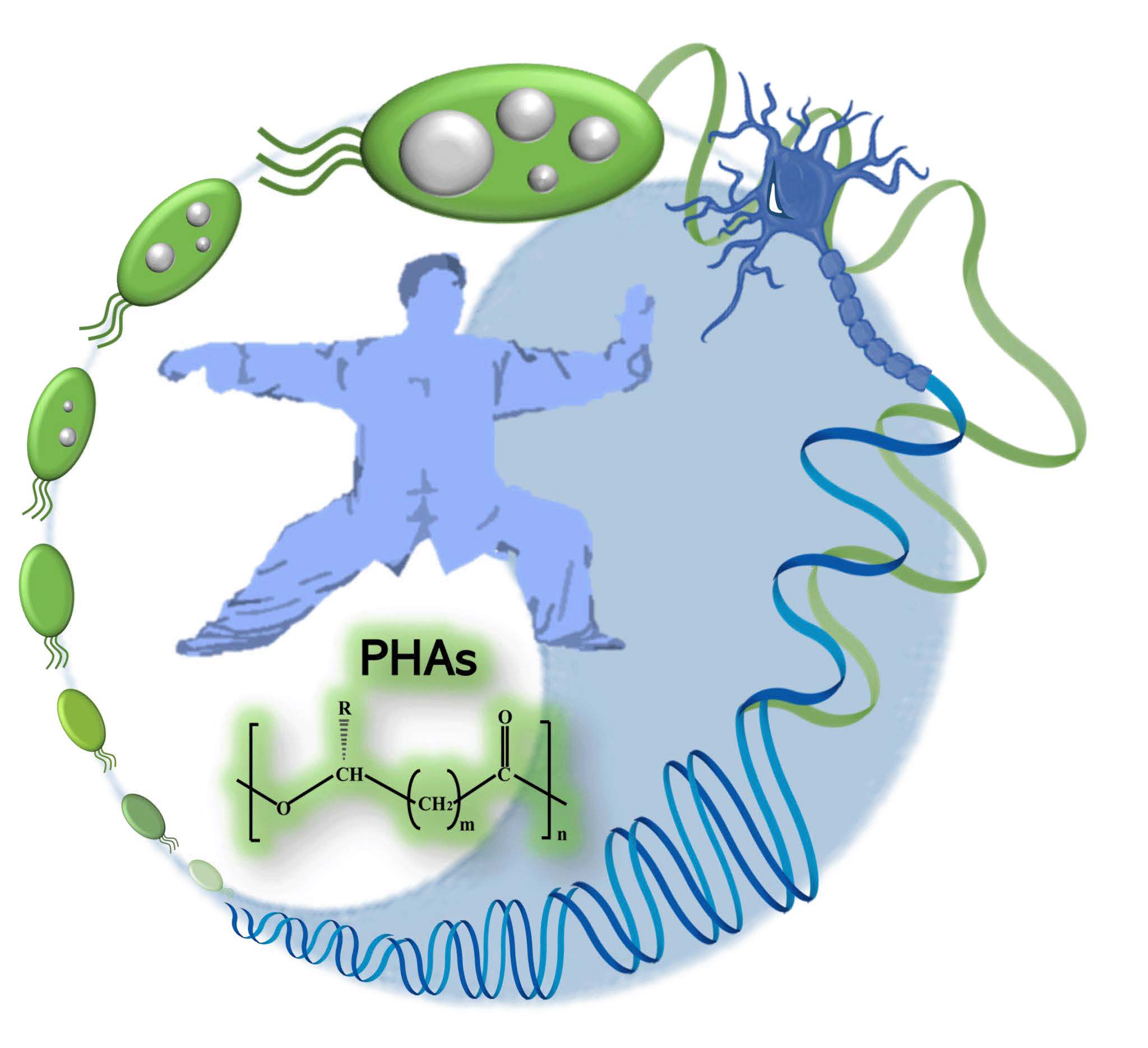
REVIEW
2023, 4(4): 248–269. doi:https://doi.org/10.12336/biomatertransl.2023.04.005
While bone tissue is known for its inherent regenerative abilities, various pathological conditions and trauma can disrupt its meticulously regulated processes of bone formation and resorption. Bone tissue engineering aims to replicate the extracellular matrix of bone tissue as well as the sophisticated biochemical mechanisms crucial for effective regeneration. Traditionally, the field has relied on external agents like growth factors and pharmaceuticals to modulate these processes. Although efficacious in certain scenarios, this strategy is compromised by limitations such as safety issues and the transient nature of the compound release and half-life. Conversely, bioactive elements such as zinc (Zn), magnesium (Mg) and silicon (Si), have garnered increasing interest for their therapeutic benefits, superior stability, and reduced biotic risks. Moreover, these elements are often incorporated into biomaterials that function as multifaceted bioactive components, facilitating bone regeneration via release on-demand. By elucidating the mechanistic roles and therapeutic efficacy of the bioactive elements, this review aims to establish bioactive elements as a robust and clinically viable strategy for advanced bone regeneration.
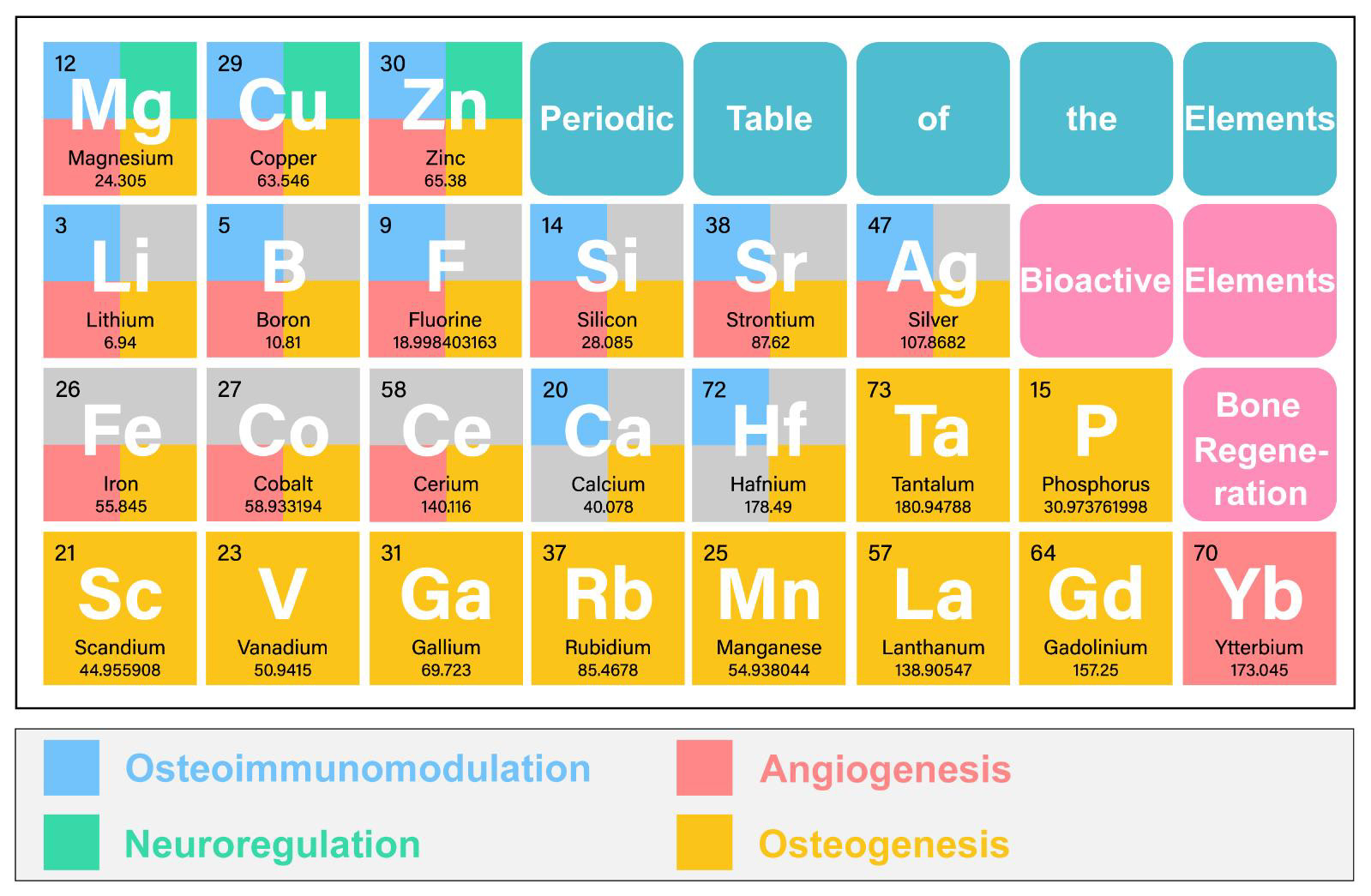
RESEARCH ARTICLE
2023, 4(4): 270–279. doi:https://doi.org/10.12336/biomatertransl.2023.04.006
Bone marrow-derived mesenchymal stem cells (BM-MSCs) play a crucial role in stem cell therapy and are extensively used in regenerative medicine research. However, current methods for harvesting BM-MSCs present challenges, including a low yield of primary cells, long time of in vitro expansion, and diminished differentiation capability after passaging. Meanwhile mesenchymal stem cells (MSCs) recovered from cell banks also face issues like toxic effects of cryopreservation media. In this study, we provide a detailed protocol for the isolation and evaluation of MSCs derived from in vivo osteo-organoids, presenting an alternative to autologous MSCs. We used recombinant human bone morphogenetic protein 2-loaded gelatin sponge scaffolds to construct in vivo osteo-organoids, which were stable sources of MSCs with large quantity, high purity, and strong stemness. Compared with protocols using bone marrow, our protocol can obtain large numbers of high-purity MSCs in a shorter time (6 days vs. 12 days for obtaining passage 1 MSCs) while maintaining higher stemness. Notably, we found that the in vivo osteo-organoid-derived MSCs exhibited stronger anti-replicative senescence capacity during passage and amplification, compared to BM-MSCs. The use of osteo-organoid-derived MSCs addresses the conflict between the limitations of autologous cells and the risks associated with allogeneic sources in stem cell transplantation. Consequently, our protocol emerges as a superior alternative for both stem cell research and tissue engineering.
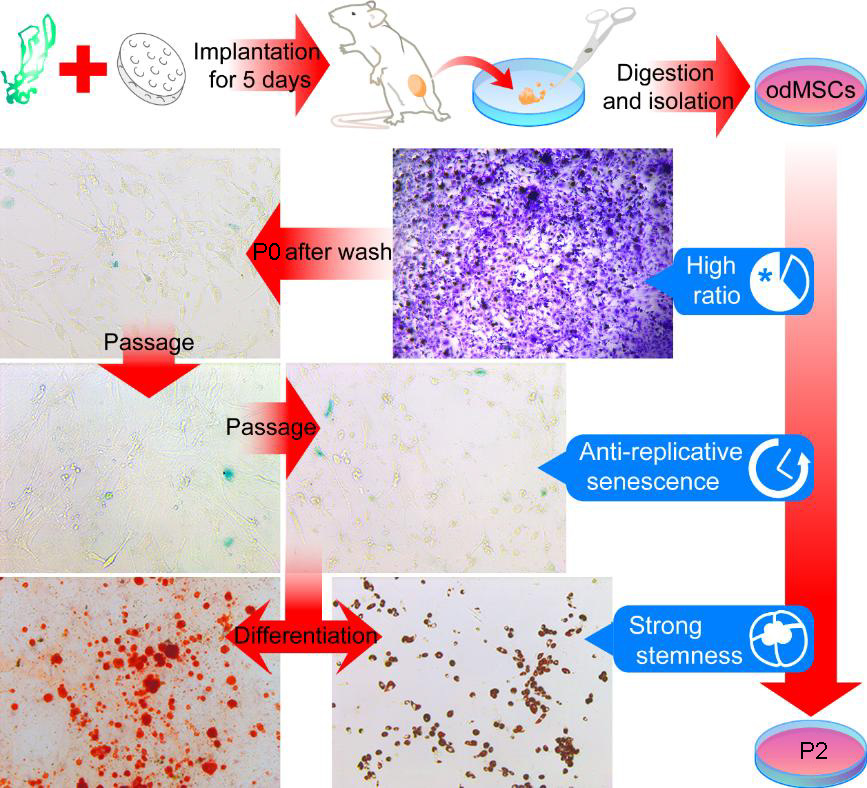
RESEARCH ARTICLE
2023, 4(4): 280–290. doi:https://doi.org/10.12336/biomatertransl.2023.04.007
Biodegradable polymer microspheres that can be used as drug carriers are of great importance in biomedical applications, however, there are still challenges in controllable preparation of microsphere surface morphology and improvement of bioactivity. In this paper, firstly, poly(L-lactic acid) (PLLA) was synthesised by ring-opening polymerisation under anhydrous anaerobic conditions and further combined with the emulsion method, biodegradable PLLA microspheres (PM) with sizes ranging from 60–100 μm and with good sphericity were prepared. In addition, to further improve the surface morphology of PLLA microspheres and enhance their bioactivity, functionalised porous PLLA microspheres loaded with magnesium oxide (MgO)/magnesium carbonate (MgCO3) (PMg) were also prepared by the emulsion method. The results showed that the loading of MgO/MgCO3 resulted in the formation of a porous structure on the surface of the microspheres (PMg) and the dissolved Mg2+ could be released slowly during the degradation of microspheres. In vitro cellular experiments demonstrated the good biocompatibility of PM and PMg, while the released Mg2+ further enhanced the anti-inflammatory effect and osteogenic activity of PMg. Functionalised PMg not only show promise for controlled preparation of drug carriers, but also have translational potential for bone regeneration.

COMMENTARY
2023, 4(4): 291–293. doi:https://doi.org/10.12336/biomatertransl.2023.04.008
COMMENTARY
2023, 4(4): 294–296. doi:https://doi.org/10.12336/biomatertransl.2023.04.009
COMMENTARY
2023, 4(4): 297–298. doi:https://doi.org/10.12336/biomatertransl.2023.04.010



